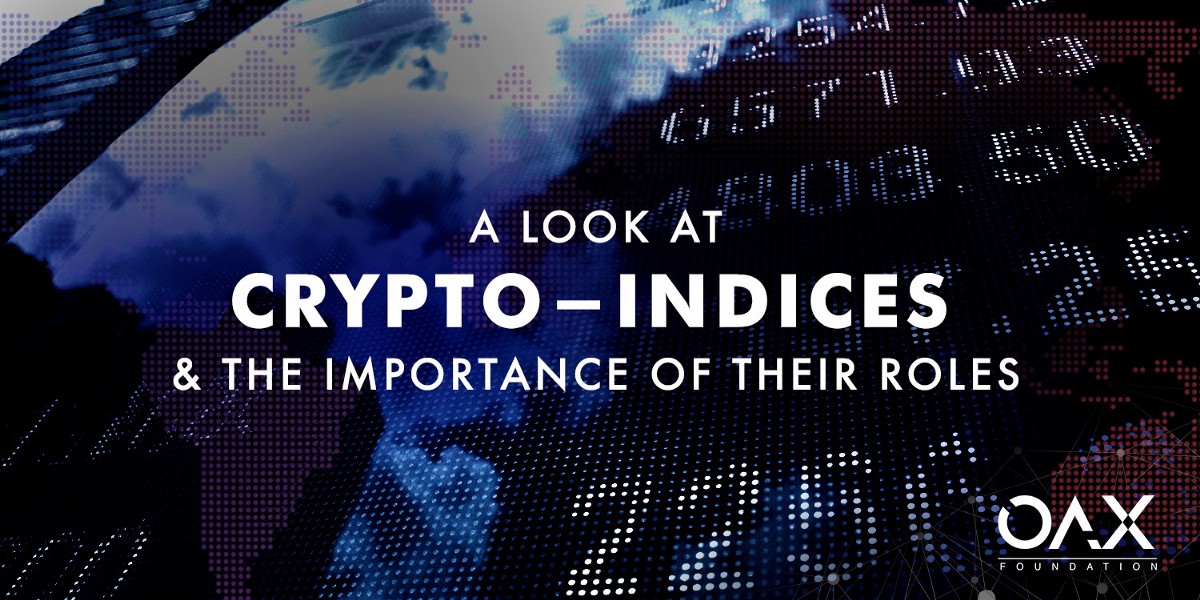
Last week, we discussed how strengthening trade surveillance can be critical to the mass adoption of digital asset trading. This week we highlight another growing feature of the industry that may help boost transparency and pave the way for more institutional money to come into the sector.
On March 4, the media reported that TradingView, a popular U.S.-based financial data platform, has added a cryptocurrency index to its platform for the first time. Launched by Huobi, the HB10 Index currently tracks nine major cryptocurrencies traded on the exchange in real-time against the stablecoin Tether (USDT).
The news underscores the increasing demand from traders and investors for more reliable digital asset price information. Bloomberg and Refinitiv are among other financial data providers that have been expanding their cryptocurrency information portfolio in recent years.
Besides the HB10 Index, some of the more well-known crypto indices in the market include Bloomberg Galaxy Crypto Index, Bitmain Crypto Index, Coindesk Bitcoin Price Index, and MVIS Bitcoin US OTC Spot Index. Perhaps even more significantly given the credibility of the issuer, Nasdaq will soon be releasing its widely-anticipated Bitcoin Liquid Index (BLX) and Etheruem Liquid Index (ELX).
These indices all provide weighted prices of the larger cryptocurrencies across the most liquid exchanges, and are useful to investors given cryptocurrency is still a largely unregulated market and widely subject to price manipulation. It is not uncommon to see material price deviation of the same currency from one exchange to the other; these indices help investors spot when something is amiss and act accordingly.
Yet more importantly, market indices are essential for institutional investors. Fund sponsors of mutual funds and exchange-traded funds (ETFs) normally create their portfolios by mirroring the components of indices, so that when investors buy into their funds, they know their investments will accurately reflect the rise and fall of the asset classes they represent.
From the regulatory aspect, the additional transparency provided by cryptocurrency indices is also a must-have for government bodies like the U.S. Securities and Exchange Commission (SEC) to be able to approve applications for crypto-ETFs.
One thing for certain is that we will see index providers constantly adjusting and adapting as the market keeps changing. At the moment, trading volume is dominated by three major cryptocurrencies and this is reflected by the components of the main indices. Yet as other cryptocurrencies emerge and account for more trading volume, this will also likely change.
The growth of cryptocurrency indices is yet another sign of the industry maturing. The transparency they bring will not only lead to new products coming to market, but also allow institutional money to flow in. And that can only be welcomed by those — like us at OAX Foundation — whose mission is to see digital asset trading move to the mainstream.


